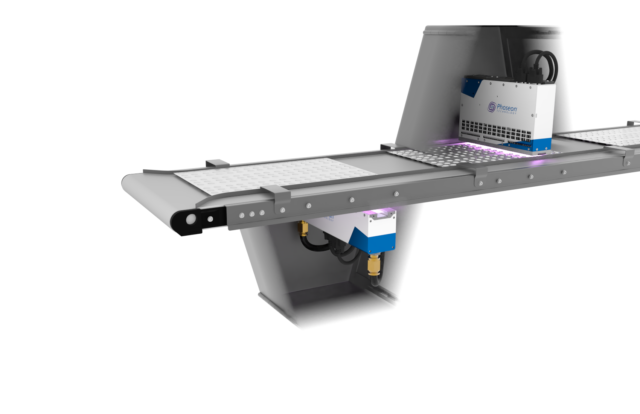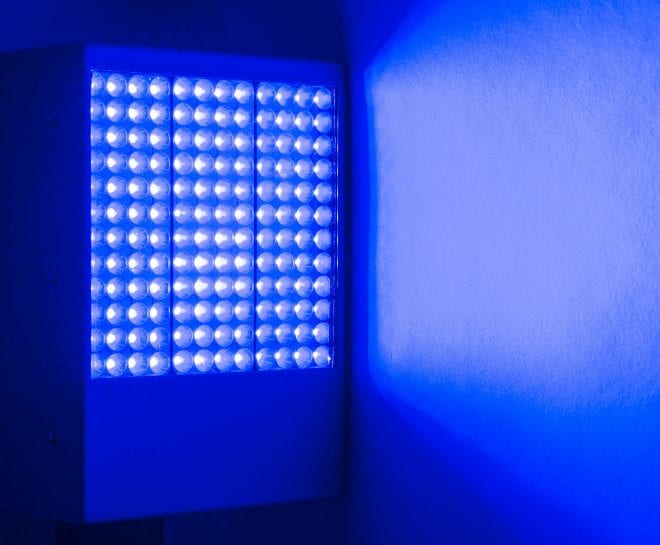Future-Proofing Your Room: Integrating UV Surface Disinfection for Ongoing Security
Future-Proofing Your Room: Integrating UV Surface Disinfection for Ongoing Security
Blog Article
UV Sanitation: The Cutting-Edge Innovation Transforming Hygiene Practices
In the world of sanitation methods, one technology has actually become a game-changer: UV sanitation. With its ability to remove dangerous microorganisms, this cutting-edge innovation is changing the means we come close to tidiness and health. Just how does UV sanitation work, and what are the benefits it provides? From healthcare settings to food handling, UV sanitation is making its mark in various sectors. In this discussion, we will certainly explore the intricacies of this transformative modern technology and look ahead to its encouraging future.
How UV Sanitation Functions
UV disinfection works by making use of ultraviolet light to damage or inactivate bacteria, offering a chemical-free and very efficient technique of sanitation. This modern technology harnesses the power of short-wavelength UV-C light, which can harming the DNA and RNA of bacteria, hence rendering them incapable to create and duplicate injury.
The procedure starts with the installment of UV sanitation systems, which consist of UV lights that give off UV-C light. These lamps are tactically placed in locations where microbial contamination is a worry, such as water treatment plants, medical facilities, research laboratories, and food handling facilities.
When microbes are subjected to UV-C light, the photons permeate their cell walls and get to the DNA and RNA inside. The high-energy UV-C photons interrupt the genetic material by creating bonds in between nearby nucleotides, causing the formation of thymine dimers. These dimers protect against the microbes from replicating, rendering them harmless.
UV sanitation is extremely effective against a variety of bacteria, including microorganisms, infections, and parasites. It is specifically efficient against waterborne virus like E. coli, Giardia, and Cryptosporidium. Moreover, UV disinfection is a chemical-free approach, getting rid of the demand for possibly hazardous disinfectants and decreasing the danger of hazardous disinfection byproducts.
Advantages of UV Disinfection
UV disinfection supplies countless benefits in the area of hygiene, making it an extremely chosen approach for effectively removing damaging microorganisms. Among the essential benefits of UV disinfection is its capacity to provide a chemical-free service. Unlike conventional disinfection methods that rely upon chemicals, UV sanitation utilizes ultraviolet light to destroy the DNA of microorganisms, rendering them incapable to reproduce and create infections. This not just eliminates the demand for potentially harmful chemicals however additionally reduces the danger of chemical residue on surfaces.

UV disinfection is additionally extremely functional in its applications. It can be used in numerous setups, including health centers, schools, food processing facilities, and water therapy plants. UV sanitation systems can be conveniently incorporated into existing cleanliness practices, offering an added layer of defense versus infectious diseases.
Along with its efficiency and flexibility, UV disinfection is also environmentally friendly. It does not create any kind of dangerous by-products or deposits, making it a safe and sustainable technique for sanitation - uv surface disinfection. Moreover, UV sanitation needs minimal upkeep and has a lengthy life-span, leading to cost financial savings in the future.
UV Sanitation in Healthcare Settings
In medical care setups, UV sanitation has actually arised as a cutting-edge technique for properly getting rid of unsafe microorganisms. UV sanitation functions by releasing ultraviolet light at a certain wavelength that is deadly to bacteria, infections, and various other microbes.
To start with, UV sanitation is a non-chemical approach, making it an eco-friendly alternative compared to traditional disinfection techniques that frequently entail the usage of harsh chemicals. The use of UV light gets rid of the demand for chemical anti-bacterials, decreasing the risk of hazardous residue or chemical exposure to both patients and health care employees.
In addition, UV sanitation is very effective in eliminating a large variety of bacteria, including drug-resistant bacteria such as MRSA and C. difficile. It supplies a regular and reputable sanitation process, guaranteeing that all surfaces and equipment are thoroughly sanitized, also in hard-to-reach areas.

UV Disinfection in Food Processing
The application of UV disinfection expands past medical care setups and finds substantial worth in the world of food processing. uv surface disinfection. UV sanitation modern technology is coming to be increasingly preferred in the food market as a result of its capability to effectively eliminate hazardous microorganisms and enhance food security
Among the major advantages of UV disinfection in food handling is its capacity to target a large range of microbes, including mold and mildews, bacteria, and viruses. By utilizing UV light at certain wavelengths, it is feasible to disrupt the DNA and RNA of these pathogens, rendering them not able to replicate or trigger damage. This innovation can be used to different stages of the food handling chain, including surface area disinfection, tools sterilization, and water therapy.
UV disinfection gives a non-thermal and chemical-free technique of sterilizing food products. Unlike typical sanitation methods that count on chemicals or warmth, UV innovation does not leave any residue or modify the taste, structure, or nutritional value of the food. This makes it an ideal service for markets that need strict adherence to quality requirements.
Additionally, UV disinfection systems are simple to set up and operate, requiring minimal maintenance. They can be incorporated right into existing processing lines without creating substantial disruptions to the manufacturing procedure. In addition, UV systems have a fast treatment time, permitting continual handling and reducing downtime.
The Future of UV Disinfection

One location where UV disinfection is anticipated to make considerable advancements is in the field of healthcare. With the surge of antibiotic-resistant germs and the requirement for extra effective disinfection techniques, UV light has the possible to play a vital duty in decreasing healthcare-associated infections. UV disinfection systems can be made use of to decontaminate surfaces, tools, and even the air in medical care facilities, helping to avoid the spread of hazardous microorganisms and enhance person safety and security.
One more market that might gain from developments in UV disinfection innovation is the food market. UV light has actually currently confirmed to be a reliable approach for decontaminating foodstuff and reducing the threat of foodborne health problems. As modern technology boosts, we can anticipate to see more economical and efficient UV disinfection systems being executed in food handling plants, guaranteeing that the food we take in is risk-free and totally free from hazardous bacteria.
Verdict
In verdict, UV disinfection is a sophisticated modern technology that is changing hygiene techniques in medical care settings and food processing. By making use of UV light to eliminate or shut off microorganisms, it offers many advantages such as safety, effectiveness, and performance. With ongoing improvements in this area, UV sanitation holds great potential for the future of hygiene, providing a lasting and trusted remedy for maintaining tidy and hygienic atmospheres.
UV disinfection is a chemical-free technique, eliminating the demand for potentially damaging anti-bacterials and minimizing the risk of damaging disinfection by-products.
Unlike conventional sanitation techniques that count on chemicals, UV disinfection makes see post use of ultraviolet light to ruin the DNA of microorganisms, making them incapable to duplicate and trigger infections. Unlike standard disinfection approaches that depend on chemicals or heat, UV modern technology does not leave any type of deposit or change the taste, appearance, or nutritional value of the food. As technology improves, we can anticipate to see more economical and reliable UV sanitation systems being applied in food a fantastic read processing plants, ensuring that the food we take in is secure and free from unsafe microorganisms.
In conclusion, UV sanitation is a cutting-edge innovation that is changing sanitation techniques in medical care setups and food handling.
Report this page